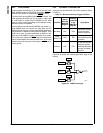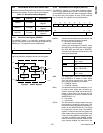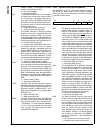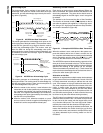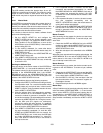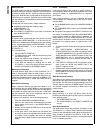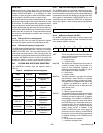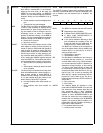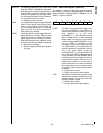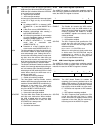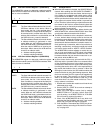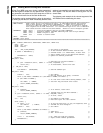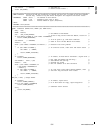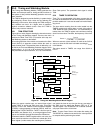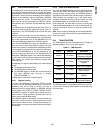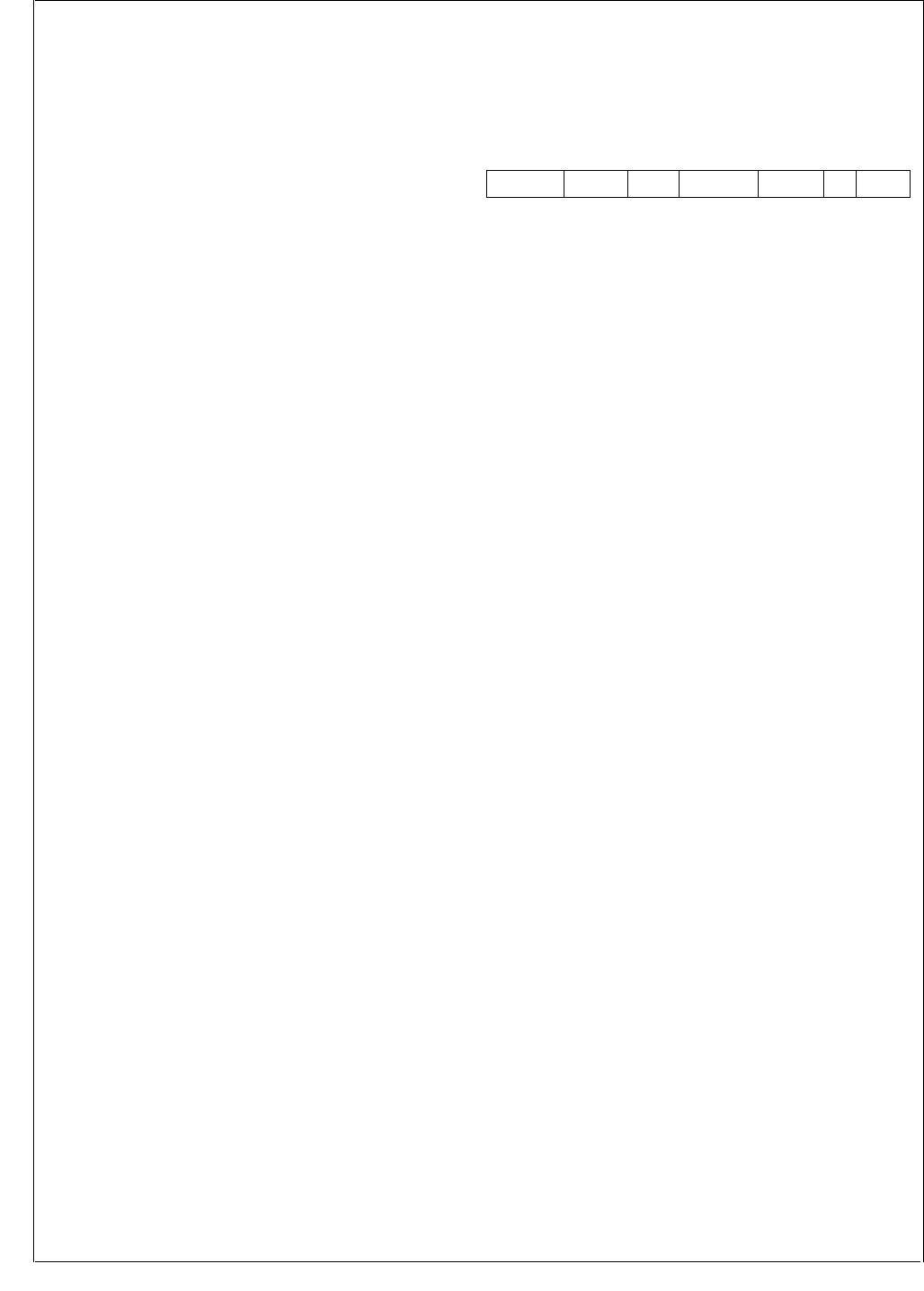
www.national.com 186
CP3BT26
NEGACK The Negative Acknowledge bit is set by hard-
ware when a transmission is not acknowl-
edged on the ninth clock. (In this case, the
SDAST bit is not set.) Writing 1 to NEGACK
clears it. It is also cleared when the module is
disabled. Writing 0 to the NEGACK bit is ig-
nored.
0 – No transmission not acknowledged condi-
tion.
1 – Transmission not acknowledged.
BER The Bus Error bit is set by the hardware when
a Start or Stop Condition is detected during
data transfer (i.e., Start or Stop Condition dur-
ing the transfer of bits 2 through 8 and ac-
knowledge cycle), or when an arbitration
problem is detected. Writing 1 to the BER bit
clears it. It is also cleared when the module is
disabled. Writing 0 to the BER bit is ignored.
0 – No bus error occurred.
1 – Bus error occurred.
SDAST The SDA Status bit indicates that the SDA
data register is waiting for data (transmit, as
master or slave) or holds data that should be
read (receive, as master or slave). This bit is
cleared when reading from the ACBSDA reg-
ister during a receive, or when written to dur-
ing a transmit. When the ACBCTL1.START bit
is set, reading the ACBSDA register does not
clear the SDAST bit. This enables the ACB to
send a repeated start in master receive mode.
0 – ACB module is not waiting for data trans-
fer.
1 – ACB module is waiting for data to be load-
ed or unloaded.
SLVSTP The Slave Stop bit indicates that a Stop Con-
dition was detected after a slave transfer (i.e.,
after a slave transfer in which MATCH or
GCMATCH is set). Writing 1 to SLVSTP clears
it. It is also cleared when the module is dis-
abled. Writing 0 to SLVSTP is ignored.
0 – No stop condition after slave transfer oc-
curred.
1 – Stop condition after slave transfer oc-
curred.
24.3.3 ACB Control Status Register (ACBCST)
The ACBCST register is a byte-wide, read/write register that
maintains current ACB status. At reset and when the mod-
ule is disabled, the non-reserved bits of ACBCST are
cleared.
BUSY The BUSY bit indicates that the ACB module
is:
Generating a Start Condition
In Master mode (ACBST.MASTER is set)
In Slave mode (ACBCST.MATCH or
ACBCST.GCMTCH is set)
In the period between detecting a Start
and completing the reception of the ad-
dress byte. After this, the ACB either be-
comes not busy or enters slave mode.
The BUSY bit is cleared by the completion of
any of the above states, and by disabling the
module. BUSY is a read only bit. It must al-
ways be written with 0.
0 – ACB module is not busy.
1 – ACB module is busy.
BB The Bus Busy bit indicates the bus is busy. It
is set when the bus is active (i.e., a low level
on either SDA or SCL) or by a Start Condition.
It is cleared when the module is disabled, on
detection of a Stop Condition, or when writing
1 to this bit. See “Usage Hints” on page 189
for a description of the use of this bit. This bit
should be set when either the SDA or SCL sig-
nals are low. This is done by sampling the
SDA and SCL signals continuously and set-
ting the bit if one of them is low. The bit re-
mains set until cleared by a STOP condition or
written with 1.
0 – Bus is not busy.
1 – Bus is busy.
MATCH The Address Match bit indicates in slave
mode when ACBADDR.SAEN is set and the
first seven bits of the address byte (the first
byte transferred after a Start Condition)
matches the 7-bit address in the ACBADDR
register, or when ACBADDR2.SAEN is set
and the first seven bits of the address byte
matches the 7-bit address in the ACBADDR2
register. It is cleared by Start Condition or re-
peated Start and Stop Condition (including il-
legal Start or Stop Condition).
0 – No address match occurred.
1 – Address match occurred.
7 6 5 4 3 2 1 0
Reserved TGSCL TSDA GCMTCH MATCH BB BUSY



